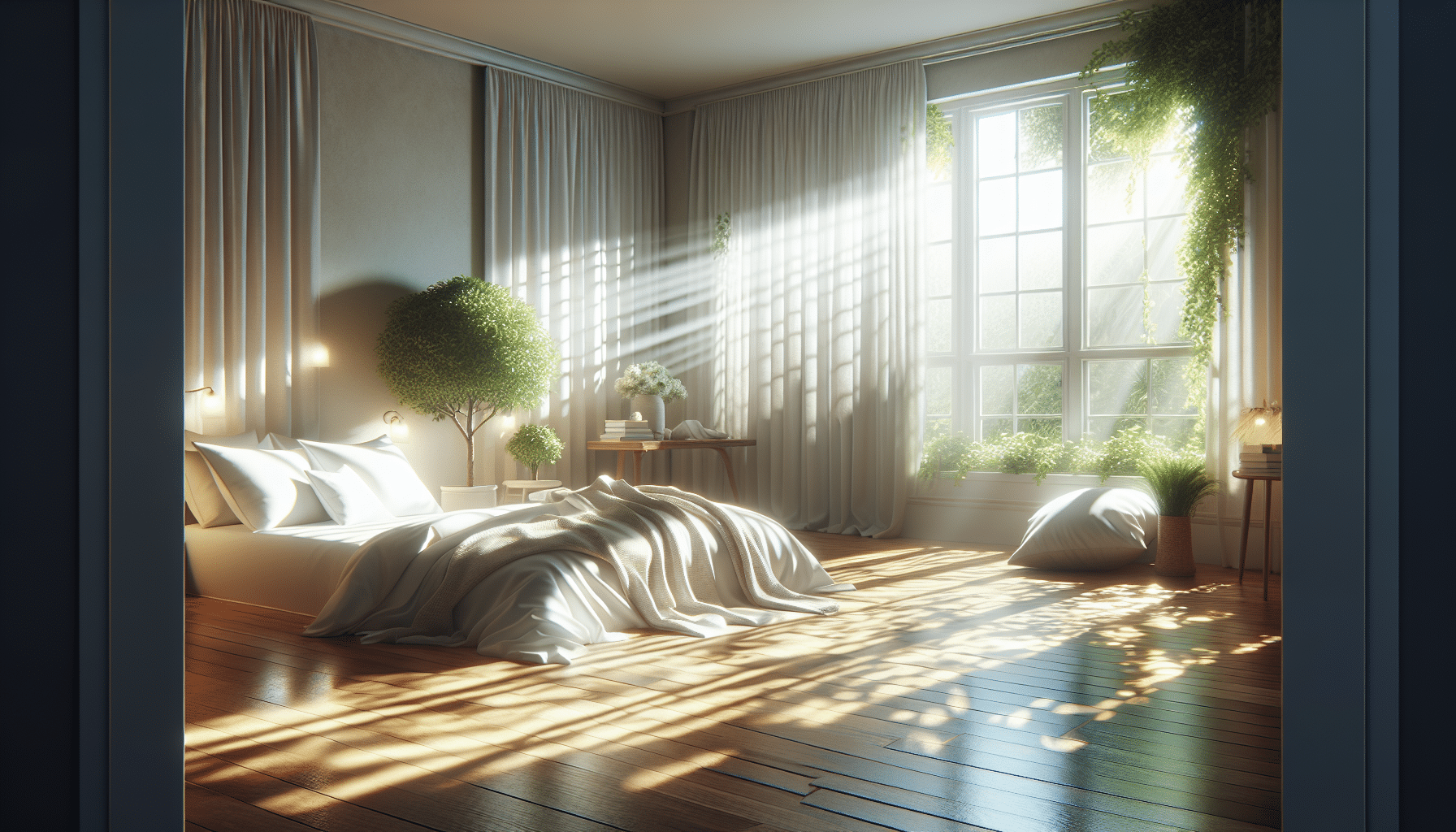Impact of Modern Lifestyles on Insomnia
Decreased Rest Time Due to Technology and Lifestyle Changes
In today’s fast-paced world, technology and lifestyle changes have significantly impacted our sleep patterns, leading to a rise in insomnia cases. The constant connectivity provided by smartphones, tablets, and computers has blurred the lines between work and personal time, often extending work hours into the late evening. This intrusion of technology into our daily lives has reduced the amount of time available for rest, as individuals find themselves staying up late to catch up on work, social media, or entertainment. The blue light emitted by screens further disrupts the body’s natural sleep-wake cycle, making it harder to fall asleep and stay asleep.
Importance of Bedroom Environment Factors Like Light, Sound, and Temperature
The environment in which we sleep plays a crucial role in the quality of our rest. Factors such as light, sound, and temperature can significantly influence our ability to fall asleep and maintain restful sleep throughout the night. Bright lights, whether from electronic devices or external sources, can interfere with the production of melatonin, a hormone that regulates sleep. Similarly, noise pollution from traffic, neighbors, or electronic devices can disrupt sleep cycles, leading to fragmented rest. Temperature also plays a vital role, as a room that is too hot or too cold can cause discomfort and wakefulness. Creating a sleep-friendly environment by minimizing light exposure, reducing noise, and maintaining a comfortable temperature can help mitigate the effects of modern lifestyles on insomnia.
Role of Natural Light in Combating Insomnia
Comparison of Artificial vs. Natural Light in Sleep Studies
Sleep studies have long utilized artificial light due to its controllability, but recent research suggests that natural light may offer more benefits in combating insomnia. Artificial light, while convenient, does not fully replicate the spectrum and intensity of natural sunlight, which can impact the body’s circadian rhythms. Natural light exposure during the day helps regulate the sleep-wake cycle, promoting alertness during daylight hours and facilitating restful sleep at night. Studies comparing the effects of artificial and natural light have shown that natural light exposure can lead to improved sleep quality and reduced symptoms of insomnia.
Osaka Metropolitan University’s Focus on Natural Light for Real-Life Environments
Recognizing the potential benefits of natural light, researchers at Osaka Metropolitan University have focused on incorporating natural light into real-life environments to combat insomnia. Their studies aim to recreate living conditions that align more closely with the body’s natural rhythms. By introducing natural light into the bedroom environment, the researchers hope to enhance wakefulness and reduce fatigue. This approach acknowledges the importance of aligning our living spaces with natural light patterns, which can lead to more restful and restorative sleep. The university’s research underscores the potential of natural light as a non-invasive and effective tool in the fight against insomnia.

Research on Light Exposure and Insomnia
Experiment with 19 Participants Using Different Light Conditions
In an effort to delve deeper into the effects of light exposure on sleep quality, a fascinating experiment was conducted involving 19 participants. This study aimed to explore how different light conditions could influence sleepiness, alertness, and overall fatigue. Participants were exposed to three distinct scenarios: natural light for 20 minutes before waking, natural light from dawn until waking, and no natural light before waking. The goal was to determine which condition would most effectively enhance morning wakefulness and reduce feelings of grogginess.
Measurement of Sleepiness, Alertness, and Fatigue Through Various Methods
To accurately assess the impact of these light conditions, researchers employed a variety of measurement techniques. Participants’ levels of sleepiness, alertness, and fatigue were evaluated using electrocardiograms, electroencephalograms, and detailed surveys. These methods provided comprehensive insights into how each light exposure scenario affected the participants’ physiological and psychological states. By gathering data from multiple angles, the study aimed to paint a clear picture of how natural light can be harnessed to improve sleep quality and morning alertness.
Findings and Future Directions in Insomnia Research
Effectiveness of Moderate Light Exposure Before Waking
The results of the study were quite revealing. It was found that moderate light exposure for 20 minutes before waking significantly improved participants’ wakefulness compared to the other conditions. This approach seemed to strike the perfect balance, providing enough light to gently rouse the body without causing overstimulation. Participants reported feeling less sleepy and more alert when exposed to this moderate light condition, highlighting its potential as an effective strategy for combating morning fatigue.
Plans to Adapt Natural Light Control According to Seasons and Time of Day
Looking ahead, researchers are eager to explore how natural light exposure can be further optimized to align with seasonal changes and varying times of day. By tailoring light exposure to the body’s natural rhythms, there is potential to enhance sleep quality and overall well-being throughout the year. Future studies may focus on developing adaptive lighting systems that adjust to the changing environment, offering a personalized approach to improving sleep health. This forward-thinking research paves the way for innovative solutions that could revolutionize how we approach insomnia and sleep-related challenges.
For more insights into sleep and insomnia, check out our Insomnia Blog. And if you’re looking for a soothing way to drift off to sleep, explore our Sleep Sound Playlists for a peaceful night’s rest.
Sources:https://www.sciencedaily.com/releases/2025/04/250414124723.htm


